How Did Arroz Get to Puerto Rico, Anyway?
- September 2020
- By Karina Corona
- Recipe from Puerto Rico
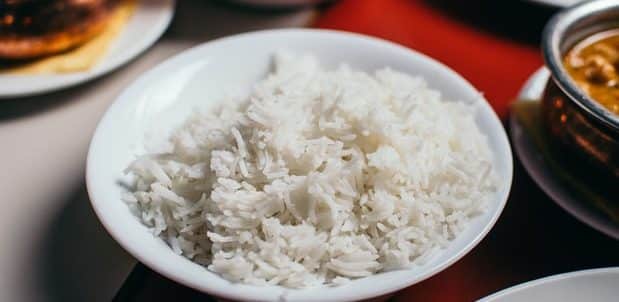
For millions of Latinx families, chicken and rice is the dinner-table staple passed down from generation to generation. But how did rice, a food product native to Asia, become this island’s culinary signature?
“Tell me what you eat, and I will tell you what you are,” wrote lawyer, politician, epicure and highly quotable gourmand Jean Anthelme Brillat-Savarin. He was speaking about French cuisine in the 1800s—though it’s just as true two centuries later about our comida latina.
Let’s look at arroz con pollo, a Latinx dinner-time go-to—no matter where you may dine in Puerto Rico or the United States. And, while seemingly simple in name and origin, the dish is anything but. When they take a bite of garlicky chicken and steaming white rice (medium grain, only: to keep things properly Puerto Rican)—not only do Boricuas taste home, they get a plateful of history served hot, with a side story of ancestral migration.
Today’s food tale looks at how arroz con pollo got to la isla in the first place and became a defining dish for the Puerto Rican palate.
Mapping Arroz con Pollo
While the origins of arroz con pollo differ if you ask a Boricua vs. a Spaniard, these two food items share one thing in common: they are not native to either Spanish-speaking locale.
“When you take a bite of flavorful, steaming rice and garlicky chicken, not only do Boricuas taste home, they get a plateful of history served hot, with a side story of ancestral migration.”
Though each now defines Latinx cooking and culture, the earliest grain of rice—oryza sativa—and first flock of chickens came from Asia, according to food historians. From there, the grain made its way to India and then Sri Lanka, with major rice crops tracked as early as 1,000 B.C.
The capture of the Iberian Peninsula by the Moors influenced Spanish customs, culture and the name of our favorite grain. Arroz comes from the Arabic word for rice, pronounced: “al-ruzz.” In 711 AD, the Moors crossed the Strait of Gibraltar to to the Iberian Peninsula. With them came al-ruzz, arguably their most successful and significant import. Rice soon found its way to the eastern Spanish coastal region of Valencia. It flourished.
Here is when the bridge from Europe to Puerto Rico begins, rice-wise. In 1238, Valencia was captured by Spanish King Jaime I of Aragon, who extended the rice fields’ reach. Valencia’s flat marshland quickly became one of Europe’s top grain-growing regions.
Thus, Spain’s signature dish, paella, was born—and, some 300 years later, both rice and chickens sailed westward on their journey to the new world. Domestic hens, according to DNA and archeological findings, were transported to Caribbean and the Americas in a variety of ways from Europe. Sadly, both foods’ likely first route to Puerto Rico was aboard a slaver ship in the 1500s or 1600s.
“A Mongrel and Mulatto Food”
Cruz Miguel Ortiz Cuadra, professor of history at the University of Puerto Rico in Humacao, wrote in a 2014 article published in Diálogo, the university’s newspaper: “Our food is a mongrel and mulatto food. It is a combination of food known to the [Taino] Indians, food that came in the Spanish conquest, the result of slave trade and the desires for survival of Africans who came as slaves.”
The story of rice and Puerto Rico is complex, touching on colonialism and slavery, in times both meager and prosperous for the Commonwealth. Along the way, it became the bedrock of the Boricua diet. Even now, a dinner or lunch without a serving of rice is unheard of in many a Latinx home.
As to how chicken became the unofficial national bird of the island, that’s for another Familia Kitchen food story.
So whether your mom taught you to cook your arroz with your pollo, or you grew up with your abuela first cooking the pollo and then adding the steamed rice (if this is you, please email us: Why? Does it taste better? No judgment: we’re truly curious), serve yourself a plate of rice and chicken and savor the complexity of la isla’s culinary roots.
Getting hungry? Round up the family and whip up the winner of our arroz con pollo contest recipe.
PHOTO: NIFTYART
MoreLike This


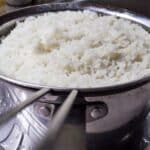
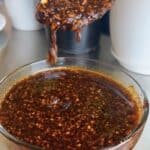
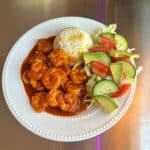
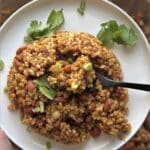
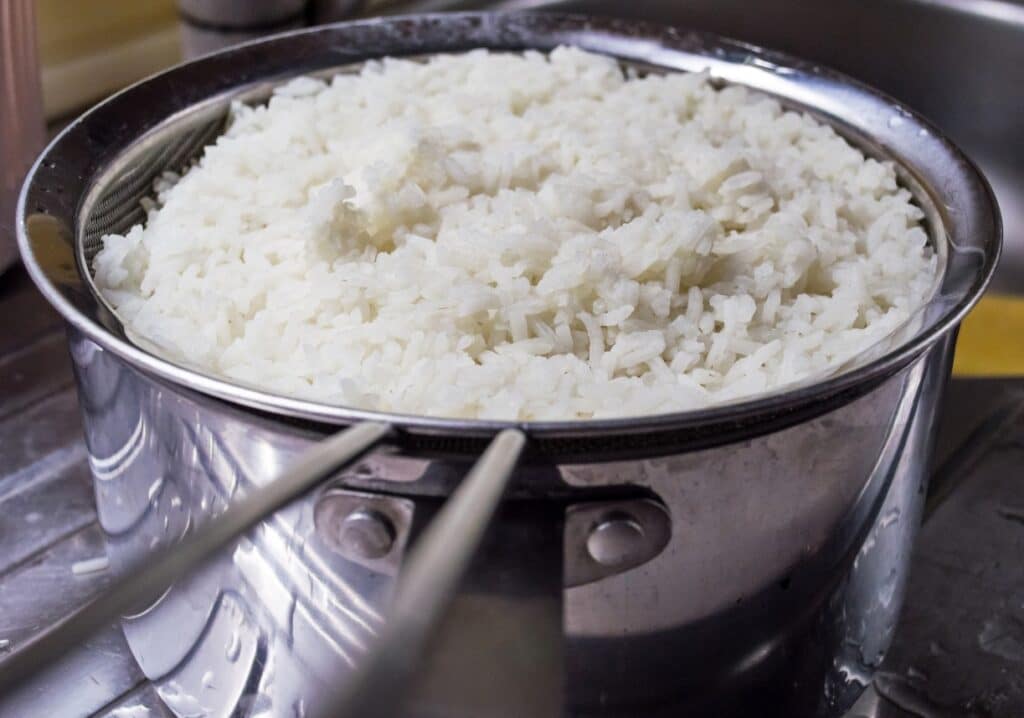

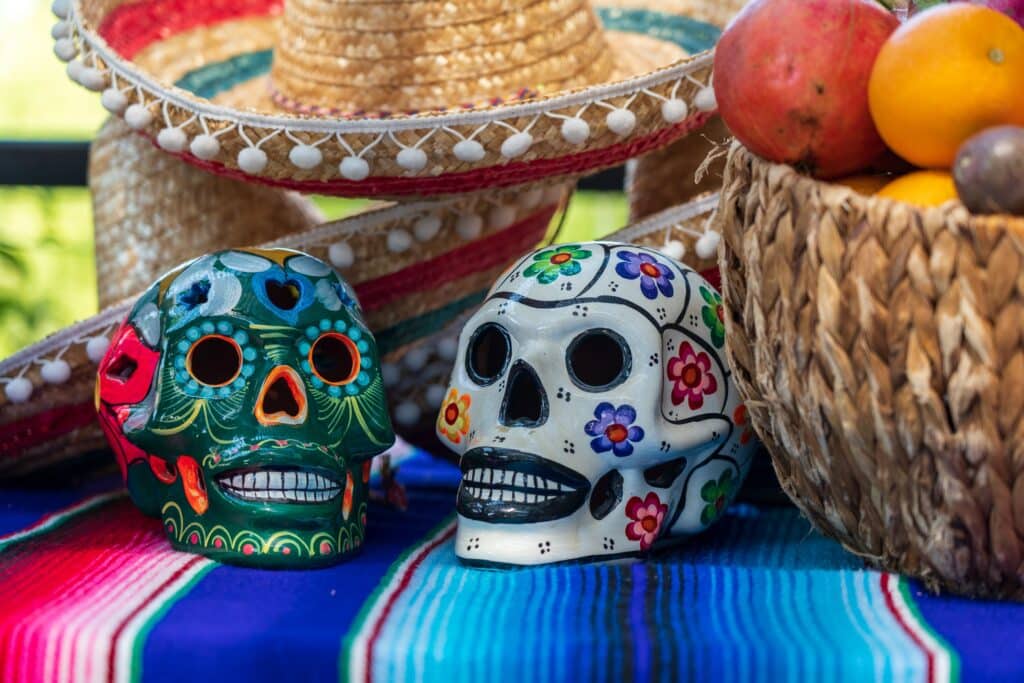
Got a question or suggestion?
Please rate this recipe and leave any tips, substitutions, or Qs you have!